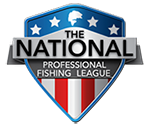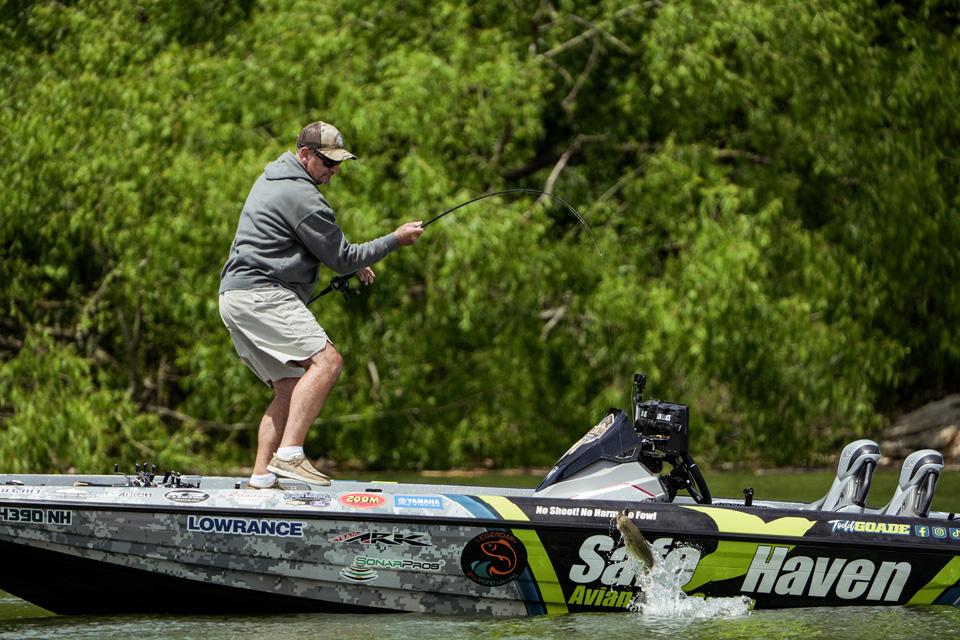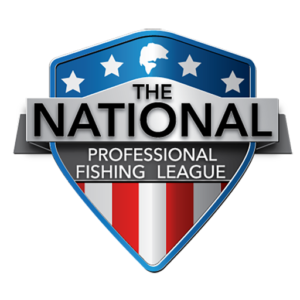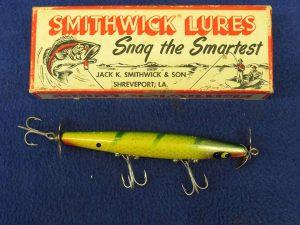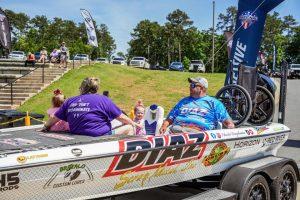Story by Todd Goade | Photos by Tanner & Travis Lyons
Summertime cranking is something that I have been doing for a long time now, and I have seen the evolution of baits going deeper, reels casting farther, line being stronger, and more. Deep cranking is something I enjoy doing.
Here are some things I do to help maximize my ROI when it comes to deep water cranking. I really enjoy targeting fish that don’t get a lot of fishing pressure, and anytime you can find offshore bass, they’re probably seeing fewer lures than those near the shore.
Also, when you find summertime bass offshore, they’re usually grouped up, so you’re not fishing for single fish, like you might find along the bank. You’re looking to catch several and maybe even catch one every cast for a good while. That’s when it gets fun!
There are some pretty basic tips that everyone seems to know when it comes to deep cranking, but I want to mention them before moving on to some other stuff that often gets missed.
- You need to make really long casts. The longer your cast, the deeper your bait will run and the longer it will spend at the most productive depth.
- Lighter line helps the bait get down. I like to use 12-pound test for a lot of my cranking, but it will go up or down in size as cover and depth requirements dictate. I also go back and forth between a 5.4:1 and a 6.4:1 gear ratio reel as that will allow the bait to get down there and stay in the strike zone longer.
- If your lake generates hydroelectric power, the best time to crank offshore is when they’re “pulling water” at the dam. The current really stimulates the bite.
- Always use a crankbait that runs a little deeper than the water you’ll be fishing. That way the lure contacts the cover and structure, ricochets off and can generate reaction strikes.
- No matter the structure and cover you’re targeting, there will be a “best” angle for you to approach it. Keep casting and changing your angle until you figure it out. Then keep making that same cast.
Those are things that most good bass anglers already know. These next things are stuff that many anglers know but struggle putting it into practice. There’s nothing wrong with that, but it’s costing you fish and productivity on the water. In my world, that means money. With your fishing, it may be costing you a lot of missed fun.
Electronics are the shortcut to success. Time spent staring at your sonar screen is not wasted. It will prevent you from wasting time casting to spots that are unproductive. No matter what electronics you use, you probably have equipment that’s good enough to get you on offshore fish. Spend time learning how to use it and then spend lots more time slowly idling around potentially productive areas watching it closely, looking for structure and cover, looking for bait, and—most importantly—looking for bass. I have spent countless hours behind my Lowrance HDS 12 Pros looking at side-imaging to unlock potential areas that actually pay off.
Once you understand your equipment and how to use it, you should never turn off your outboard to make a cast until you know you’re in an area that holds bass. If that means idling around for an hour or three without making a cast, that’s fine. When you finally do stop to pick up a rod, you’ll be throwing to a spot that’s got potential, not blind casting and hoping for a bite.
If a spot looks good on a map or from a hundred yards away, there’s a really good chance that it gets a lot of pressure. Everyone recognizes it as a place with potential. That’s why I target the spots that don’t look so obvious and spend the extra time idling around so I can find areas and fish that other anglers miss.
For example, a classic main lake point is going to get a lot of fishing pressure, and it might hold fish, but there’s rarely a day that goes by without several boats stopping on it and casting to it. Anglers probably drive over it with their electronics so often that the fish are skittish and hard to catch.
If I can find a place that doesn’t look good until I check it out with my electronics, I’ve probably found a place that doesn’t get much pressure. The fish will be less spooky and more aggressive. I can catch them quicker, using heavier line and power methods, like deep cranking.
Deep cranking for summertime bass isn’t an easy technique to master, but it can be very productive and incredibly fun. I hope these tips help you put more fish in the boat.
Tight Lines!
Todd Goade – Angler Profile
